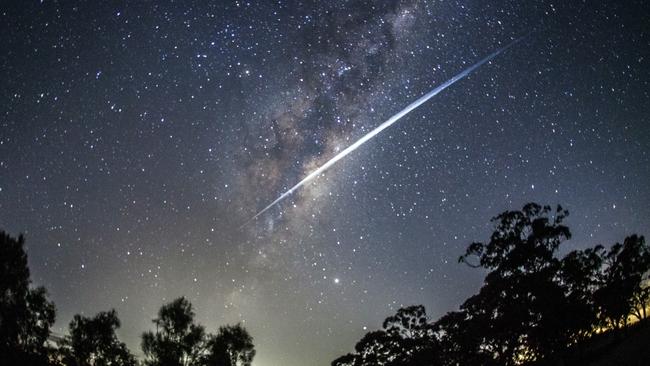Elon Musk satellite in near miss with rival
In what could have been a disastrous incident, a satellite owned by SpaceX came within 58m of smashing into a British backed one.

A Satellite owned by a company backed by British taxpayers came within 58m of smashing into another owned by Elon Musk’s SpaceX last month.
In what could have been a disastrous incident, engineers at OneWeb and SpaceX were left scrambling after the US Space Force sent multiple “red alert” warnings that their satellites were heading for a collision.
The companies are each competing to set up a network of satellites that can beam high-speed internet access to areas on Earth left behind by cable-based providers, such as remote or rural locations.
OneWeb, founded in 2012, was bought out of bankruptcy late last year with a joint investment from the UK government and Bharti Global, an Indian telecoms company, who each invested $500 million.
SpaceX, founded in 2002, is a rocket and satellite company owned by Musk, the world’s second-richest man and chief executive of Tesla. Its network of 1,378 satellites is called Starlink and has begun to provide broadband for some customers in Britain.
On March 30, a week after OneWeb had launched 36 satellites from Russia, engineers at the company noticed several warnings from the US Space Force’s 18th Space Control Squadron, which monitors satellites for close approaches. The alerts stated that one of the satellites was on a possible collision course with a Starlink satellite.
OneWeb’s satellites operate in a higher orbit than the Starlink network, at an altitude of about 1,200km compared with SpaceX’s 550km, and so have to pass through the Starlink network on their way up. The alerts, first reported by the tech website The Verge, suggested a collision probability of 1.3 per cent as the satellites came within 58m (190ft) of each other.
A crash could have led to a wider emergency with debris posing a risk to other satellites. OneWeb engineers contacted SpaceX’s team to co-ordinate how the satellites could change course. SpaceX agreed to switch off its satellite’s AI-powered collision avoidance system to allow OneWeb to create a new route for its own vehicle, said Chris McLaughlin, OneWeb’s government affairs chief. The automated system on Starlink satellites has come under criticism from other satellite operators, who say that they are not privy to its decision-making.
McLaughlin said: “Co-ordination is the issue. It is not sufficient to say, ‘I’ve got an automated system’, because the other guy may not have and won’t understand what yours is trying to do.”
The UK government’s part-purchase of OneWeb has been contentious, especially due to an early suggestion that its network of satellites could act as replacement for the European Union’s Galileo navigation system.
The investment, which won support from Dominic Cummings, then prime minister Boris Johnson’s chief adviser, was not advised by the UK Space Agency, which highlighted significant technical and operational hurdles.
In 2019 a satellite owned by the European Space Agency had to perform its first “collision avoidance manoeuvre” to avoid crashing into a Starlink satellite. SpaceX said that an issue with its paging system meant it had missed emails from the ESA saying that a collision was becoming increasingly likely and that it needed to take action.
SpaceX has regulatory approval to eventually launch more than 12,000 small satellites into low-Earth orbit. OneWeb has 148 in orbit, and hopes to launch a total 648.
Blue Origin, owned by the Amazon founder Jeff Bezos, plans to launch 3,000 satellites.
BEHIND THE STORY
The number of satellites in low-earth orbit is rapidly changing how busy space is becoming.
There were 2,000 satellites in Earth’s orbit before companies such as SpaceX announced plans for their own networks. Its Starlink programme, which aims to provide global internet access, already has about 1,500 in orbit and will eventually use 12,000.
There are no international laws to govern space traffic and no one to force operators to act to avoid a potential collision.
That is leading to deals between operators. Last month Nasa signed a deal with SpaceX that gives it right of way. The near collision with OneWeb shows that a treaty is needed to govern space traffic. A disastrous event is likely to occur otherwise.
The Times


